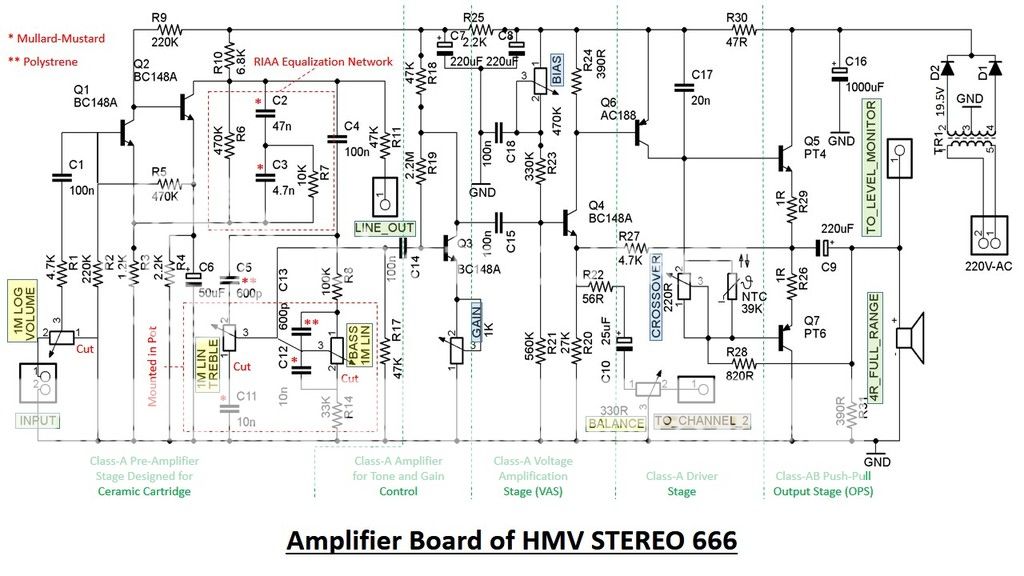Loved the video. Your voice-over is as sweet as
rosogolla ! :clapping:
And a thousand thanks for spinning
Maa Maago Maa Aami Elem Tomar Kole. I am probably hearing it again after 40 years. A glorious ode to the Mother.
And why not?

If it has survived 40 years it has already passed the test of time.
For reference my three Garrard turntables are from 60's. A pair of QUAD amp is from the 50's. My regular everyday Radio is from the 50's. The portable Grundig transistor set is from mid 60's. Its AF section still has the original germanium although the RF section has needed replacements.
Some of my everyday use triodes date back to the 40s. Currently my main amplifier is a SANSUI 771 which was made in 1972. The Nak 600 deck is from early 70's.
My youngest audio equipment is the pair of Technics SL1200 and SL Q2 from late 70s.
But I am not counting the various CD/DVD players as they seem to last only about 3 years max.

Almost all of my older equipment function perfectly. In fact the Technics pair look and perform just as they did when new. They are still in 100% original condition. Never needing any repairs and the maintenance has been the usual 2 drops of Singer oil each year. And they continue to be used extensively but of course handled more carefully nowadays.
The Garrards have been on original Idlers, springs etc. I have just once taken apart the motor and spindle for oiling and replaced some random rubber parts such as the grommets. That is all and they are still perfect although not as noiseless as the Technics.
All these equipment were bought used. But after a clean up and repairs/restoration wherever needed they have become almost new.
So dont worry and use them often. Along with periodic maintenance that is the best insurance policy for these things.
Added later:
Is the polarity of the output DC cap correct?




